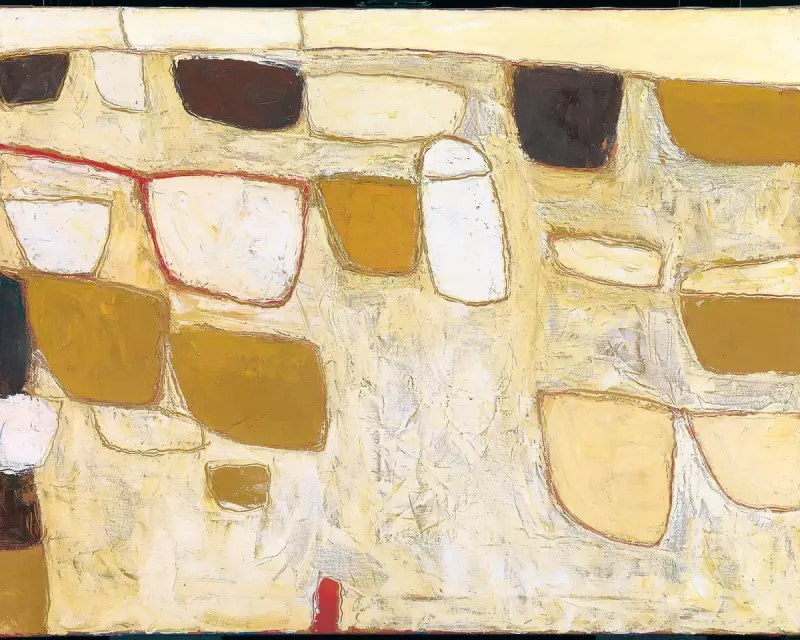
A stunning artistic discovery has emerged from the archives of the Museum of Somerset, where a collection of early William Scott paintings has been brought to light after spending more than 70 years in storage.
The remarkable find includes several significant works created during the 1930s and 1940s, showcasing the artist's formative years and his deep connection to the West Country landscape that would profoundly influence his entire career.
The Hidden Treasures
Among the rediscovered pieces are intimate still lifes, bold landscape studies, and early experiments with the abstract forms that would later define Scott's international reputation. Art historians are particularly excited about several previously undocumented works that reveal new aspects of the artist's developing style.
Dr. Sarah Wilkinson, the museum's senior curator, described the discovery as "transformative for our understanding of Scott's early career." She noted that "these paintings show the raw talent and artistic curiosity that would eventually make him one of Britain's most important post-war artists."
A West Country Connection
The paintings capture scenes from across Somerset and the broader West Country region, reflecting Scott's time living and working in the area during the 1930s. The collection provides a fascinating glimpse into how the local environment shaped his artistic vision.
Unlike his later, more famous abstract works, these early pieces demonstrate Scott's mastery of traditional techniques while hinting at the revolutionary approach to form and composition that would emerge in subsequent decades.
Public Exhibition Planned
The Museum of Somerset is now preparing a special exhibition to showcase these long-hidden masterpieces to the public for the first time. Conservation work is underway to ensure the paintings are displayed in their best possible condition.
This extraordinary discovery not only enriches the museum's permanent collection but also adds significant new chapters to the story of 20th century British art, offering art lovers and scholars alike a fresh perspective on William Scott's enduring legacy.





